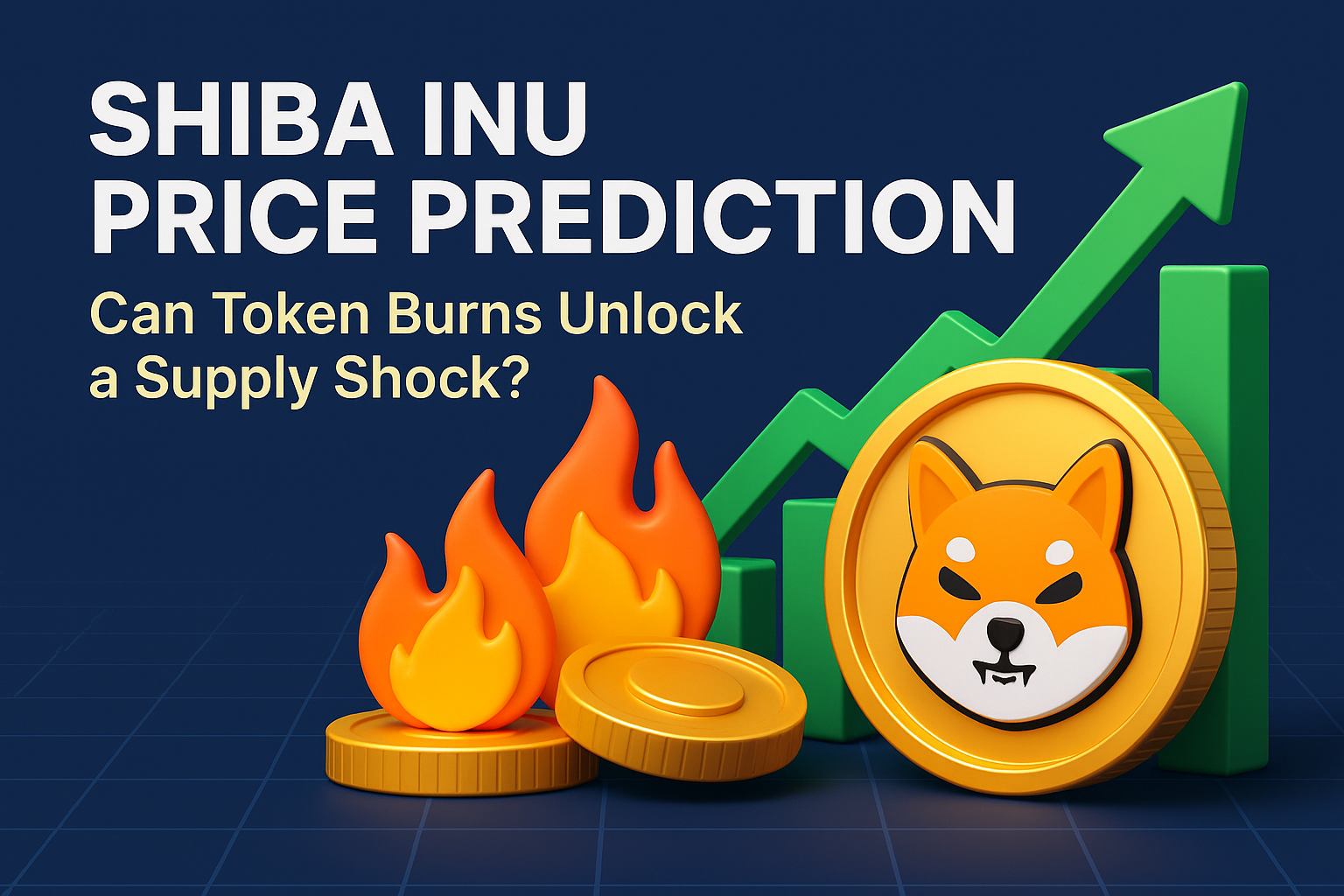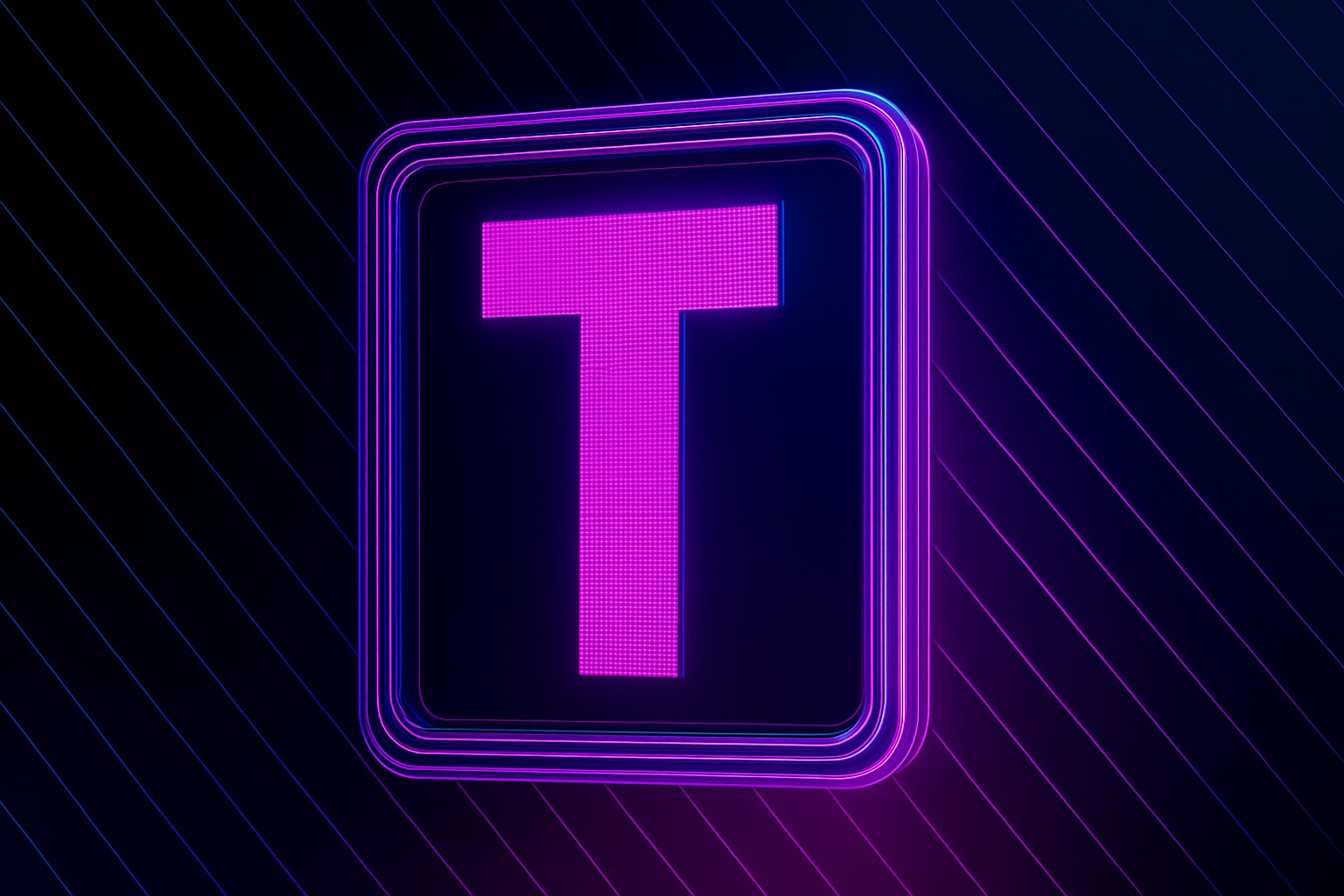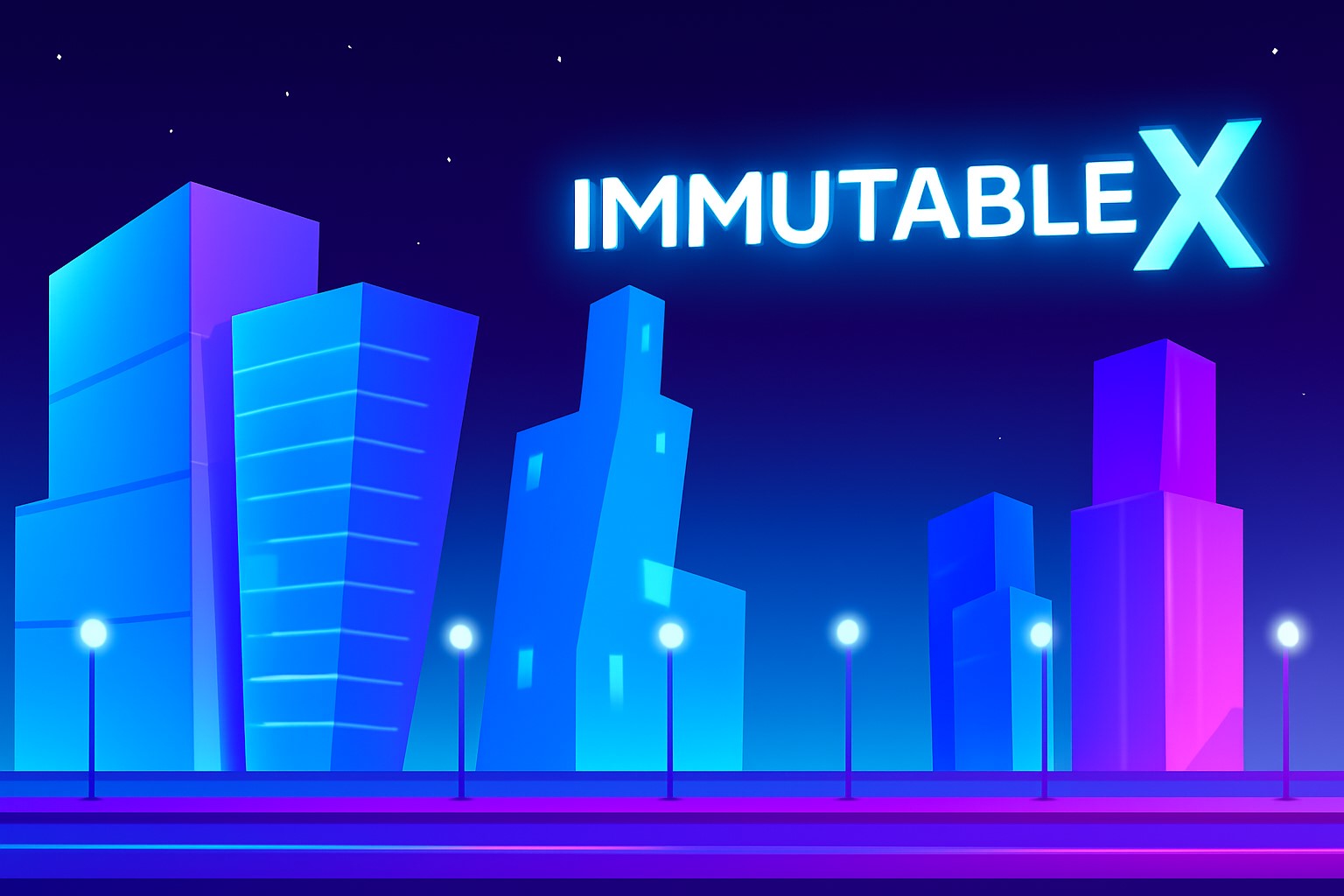In just the last 24 hours, more than 7 million Shiba Inu (SHIB) tokens have been permanently burned, reducing the circulating supply. This development has once again brought Shiba Inu’s deflationary mechanism into the spotlight. Burns of this scale often spark debates about whether SHIB could experience a supply shock—a scenario where scarcity causes prices to climb sharply if demand remains consistent.
Unlike the routine ups and downs of market volatility, token burns directly reshape the supply side of the equation. By reducing the number of tokens in circulation, they enhance scarcity, which in theory strengthens the foundation for long-term value growth. For many traders, this latest burn represents not just a short-term news event but a signal that Shiba Inu could be building toward a more bullish chapter.
The Strategic Importance of Token Burns
While token burning is not exclusive to Shiba Inu, it plays a far more central role in its strategy compared to many other crypto currencies. Burns act as a deflationary safeguard, ensuring that as demand increases over time, supply decreases. This combination is designed to create an upward price bias.
In Shiba Inu’s case, the community has been the driving force behind these campaigns. Through initiatives such as burn portals, ecosystem contributions, and voluntary burns by supporters, SHIB holders have helped strengthen the project’s fundamentals. Each burn event is viewed as a commitment to sustainability and an effort to reduce inflationary pressure.
Current Market Landscape and Sentiment
At present, Shiba Inu is trading around $0.000011, holding steady despite significant volatility across the broader crypto landscape. This stability highlights both the resilience of the SHIB community and the growing confidence among long-term holders.
Investor sentiment remains cautiously optimistic. Whales, or large-scale SHIB holders, have been steadily accumulating tokens, signaling trust in the project’s potential. Retail investors, meanwhile, are closely watching burn activity as they anticipate that reduced supply could eventually trigger an upward rally. However, analysts note that SHIB is still consolidating, waiting for a decisive breakout before confirming any new trend.
Can Scarcity Alone Drive Growth?
The 7 million SHIB burned in a single day is impressive, but analysts warn that scarcity by itself does not guarantee price appreciation. A genuine supply shock requires two other critical factors: sustained demand and meaningful adoption. Without these, the effect of burns could be muted, limiting their impact on long-term growth.
Fortunately, Shiba Inu’s ecosystem is evolving in ways that may support demand. Projects such as Shibarium, the layer-2 blockchain solution, aim to increase scalability and reduce transaction fees, making SHIB more practical for everyday use. Partnerships, NFT integrations, and DeFi applications within the Shiba Inu ecosystem also add real-world value that may drive adoption.
Broader Implications for Investors
For investors, the takeaway is clear: burns create opportunity, but demand drives results. Monitoring whale accumulation, retail sentiment, and ecosystem updates will be critical to predicting SHIB’s next major move. Those with long-term horizons see the burns as laying the groundwork for future growth, while short-term traders remain focused on whether the token can break out of consolidation and post immediate gains.
It’s also worth noting that Shiba Inu’s performance often mirrors broader market trends. If Bitcoin and Ethereum continue to show strength, altcoins like SHIB typically benefit from positive spillover effects. Combined with ongoing burns, this market synergy could further enhance SHIB’s trajectory.
Final Thoughts
The recent burn of over 7 million SHIB tokens highlights Shiba Inu’s continued focus on deflationary mechanics and its potential to create scarcity-driven growth. While these burns provide an essential foundation, the true test lies in whether SHIB can sustain demand, expand adoption, and continue to deliver value through its evolving ecosystem.



